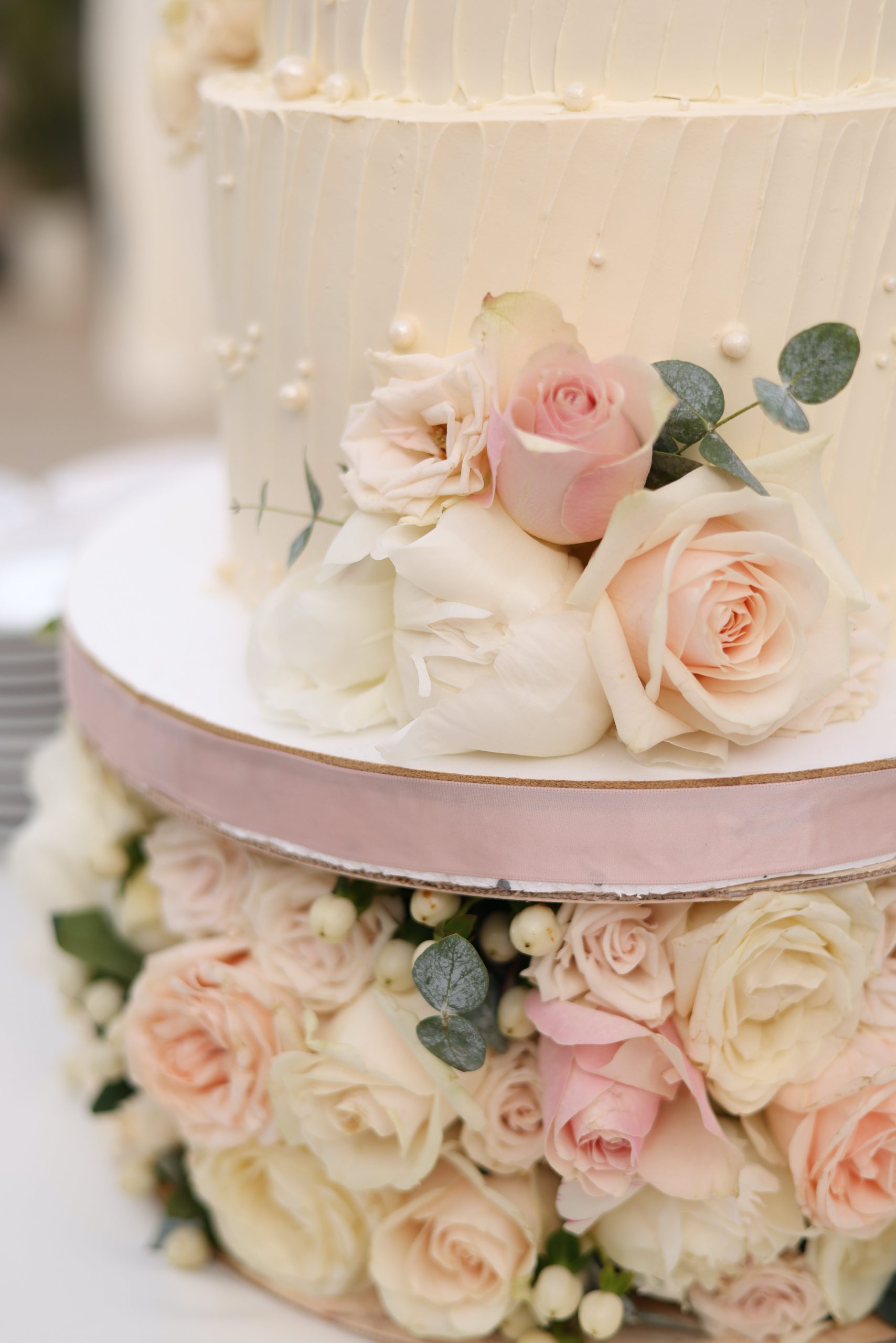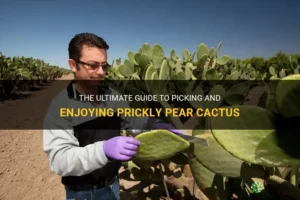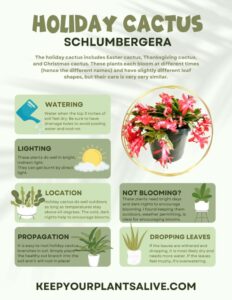Have you ever thought about using a zip lock bag as a plant pot? It sounds unconventional, but in the world of gardening, innovation often leads to extraordinary results. As we explore this creative and practical method of propagation, one might ponder: can something as simple as a plastic bag nurture vibrant new life? This question challenges traditional notions of plant care, inviting us to reconsider our resources and ingenuity.
Utilizing zip lock bags for propagation can seem, at first glance, absurd. They are typically designed for food storage, and yet, they possess qualities that can revolutionize how we think about planting. In this article, we will delve into the unique advantages, step-by-step processes, and intriguing possibilities that arise from this method.
Let’s embark on an exploration of this innovative approach to plant propagation that harnesses both practicality and creativity.
Understanding the Basics of Propagation
Propagation is the process of creating new plants from existing ones, and it can be achieved through various methods, including seeds, cuttings, layering, and division. The appeal of using zip lock bags lies in their ability to create a miniature greenhouse effect, which is particularly beneficial for cuttings and seedlings.
When young plants are in their formative stages, maintaining humidity and warmth is essential. Zip lock bags provide a controlled environment that can optimize these conditions, making it a versatile tool in your propagation arsenal. However, it is vital to select the right species for this method, ensuring that the plants you choose can thrive in the confined space of a zip lock bag.
From succulents to herbs, various plants respond positively to this propagation technique. But, how does it work exactly? The answer lies in the balance of moisture and air circulation.
Creating Your Zip Lock Greenhouse
To start your zip lock bag propagation journey, you will need the following items: a healthy, mature plant from which you wish to propagate, a clean zip lock bag, a sharp pair of scissors, and a well-draining potting mix. Follow these simple steps, and you’ll be well on your way to nurturing new plant life.
Firstly, select an adequate cutting from your existing plant. Aim for a stem that possesses several nodes, as these will encourage root development. Once you have your cutting, ensure it is about four to six inches long.
Next, prepare your media. Fill the zip lock bag with a handful of the potting mix, providing enough substrate for the roots to establish themselves. Moistening the mix lightly will promote a conducive environment for growth, but avoid over-saturation, as this can lead to rot.
Insert the cutting into the mix, making sure to bury the nodes where roots will emerge. Seal the zip lock bag, but be cautious; do not seal it completely. You will want to create a small gap to allow for air circulation while maintaining humidity levels. This balance is crucial, as it prevents fungal diseases while offering the moisture the cutting requires.
Position the bag in a location that receives indirect sunlight. Direct sunlight can create a greenhouse effect that is too intense, potentially scorching the cuttings.
The Science Behind the Success
Why does this method work so efficiently? The mechanism behind the effectiveness of zip lock bag propagation can be attributed to several factors.
Firstly, the bag creates a humid microclimate that minimizes transpiration; this is beneficial for cuttings that are establishing roots. As moisture evaporates, it condenses on the interior of the bag and drips back down into the potting mix, creating a self-sustaining system that nourishes the cutting without frequent watering.
Furthermore, the visualization afforded by clear bags allows gardeners to monitor growth closely without disturbing the environment. The visibility can also stimulate excitement and anticipation as roots begin to develop, marking the journey from cutting to full-grown plant.
Challenges and Considerations
Additionally, gardeners must be vigilant about the humidity levels inside the bag. Too much moisture can lead to rot, while too little may halt growth altogether. Regular checks will ensure a thriving cutting, but this can prove tedious.
Lastly, consider the environmental implications of using plastic bags for propagation. While convenient, plastic is not biodegradable and contributes to environmental waste. Exploring biodegradable alternatives could provide an eco-friendly angle to this propagation technique.
Embracing Innovative Gardening
In conclusion, using zip lock bags for plant propagation is not only a playful adventure in gardening but also an efficient and resourceful technique. Through this method, we can launch a renaissance of creativity and innovation in our gardening practices. Grab some cuttings, a zip lock bag, and embark on this journey of growth; you may find new answers to age-old questions about plant propagation.





Leave a Comment